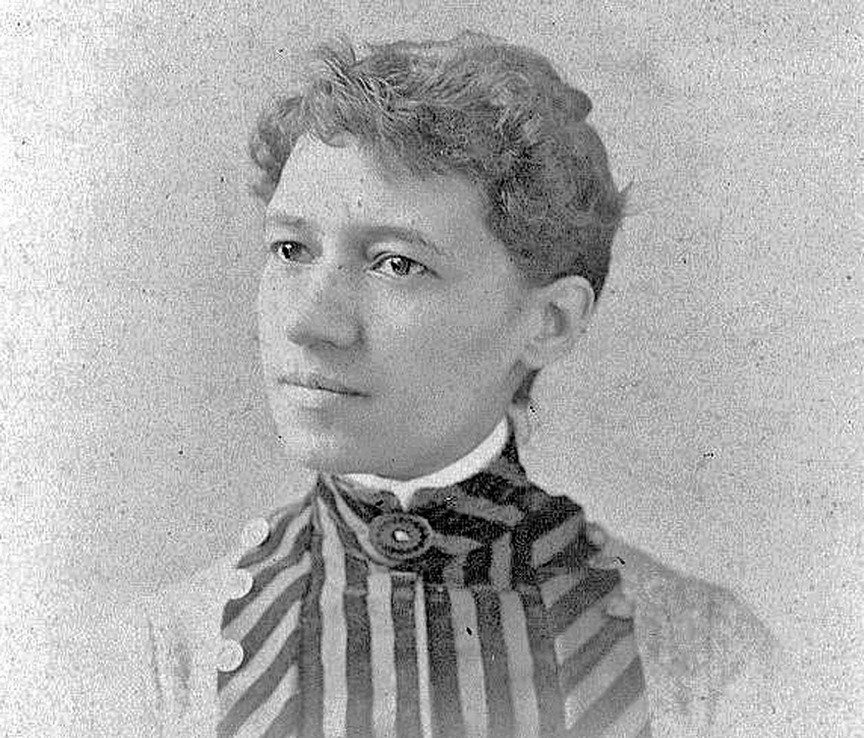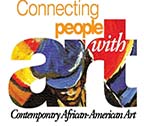Maria Louise Baldwin, a pioneering educator, made history in 1881 by becoming a teacher at the Louis Agassiz School, an all-white school for the children of Harvard University professors and white citizens of Cambridge, Massachusetts. She supervised 12 white teachers and educated over 500 white students. By 2004, the Cambridge School Committee renamed the Agassiz School, the Maria L. Baldwin School, a fitting tribute to her enduring impact. The Baldwin School became a National Landmark in 1976 and was regarded as one of the best schools in New England.
Born free in Cambridge, Massachusetts, on September 13, 1856, Baldwin was the eldest daughter of three children born to highly respected and financially secure parents, Peter L. Baldwin and Mary E. Baldwin. Her father was a postal worker. Baldwin attended Cambridge public schools and graduated from Cambridge High School in 1874. A year later, she received a teaching certificate from the Cambridge Training and Teaching program.
By 1889, at 25, Baldwin became the school’s first African American principal. She was later promoted to Headmaster, one of only two women in the history of the Cambridge school system to hold this title. Baldwin’s school was elite and the first to introduce advanced mathematics, art instruction classes, and open-air classrooms to provide fresh, clean air for students with respiratory problems. She also appointed a school nurse.
In 1893, Baldwin became a founding member of the Black Women’s Era, the predecessor organization to the National Association of Colored Women (NACW), a Black women’s suffragist organization that addressed lynching, segregation, and inequality for Black women. She and her inner circle worked tirelessly for full equality and justice for all African Americans who lived under sanctioned inequality in the Jim Crow North and South, where rampant racial oppression and violence existed.
Maria Baldwin was also a member of the Niagara Movement, the predecessor to the National Association for the Advancement of Colored People (NAACP). In 1897, Baldwin, a renowned lecturer, became the first woman and African American woman to give the Brooklyn Institute of Arts lecture on Harriet Beecher Stowe for the Annual George Washington Birthday Celebration.
Over her long instructional career, Baldwin also taught at Hampton Institute in Virginia and the Institute for Colored Youth (ICY) in Cheyney, Pennsylvania. In 1903, Baldwin was elected President of the Boston Literary and Historical Association.
Baldwin never married nor had children. On January 22, 1922, at the age of 65, while delivering a speech at the Robert Gould Shaw House Association, she collapsed after suffering a heart attack and died. Baldwin is buried at the Forest Hill Cemetery in Jamaica Plain, Massachusetts.
In 1950, Howard University renamed one of its dormitories in her honor.
Do you find this information helpful? A small donation would help us keep this available to all. Forego a bottle of soda and donate its cost to us for the information you just learned, and feel good about helping to make it available to everyone.
BlackPast.org is a 501(c)(3) non-profit and our EIN is 26-1625373. Your donation is fully tax-deductible.
Dorothy B. Porter, “Maria Louise Baldwin, 1856-1922,” Journal of Negro Education, 1952; Olivia S. Solomons, “Maria Louise Baldwin,” Negro History Bulletin, 5:1, 1941; Kathleen Weiler, Maria Baldwin’s Worlds: A Story of Black New England and the Fight for Racial Justice, Amherst: University of Massachusetts Press, 2020.

